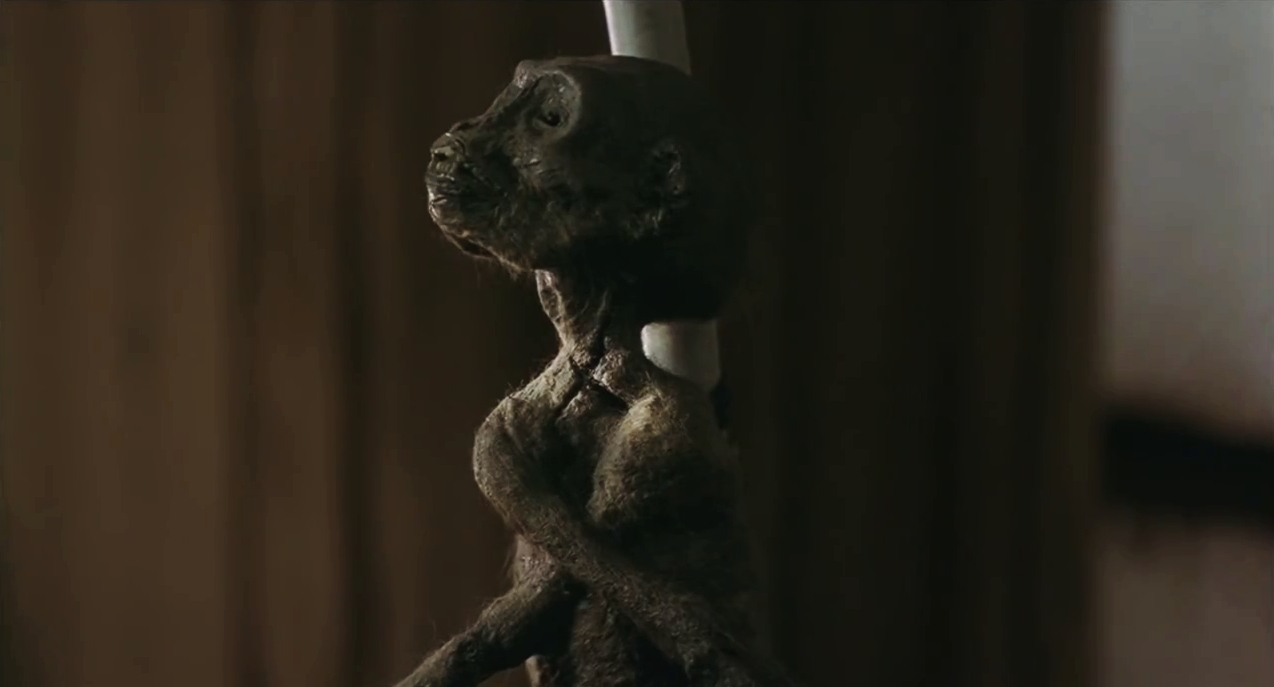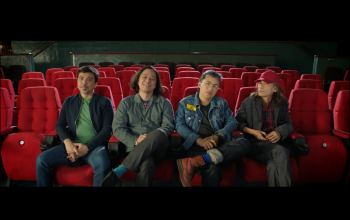The serial killer in Kiyoshi Kurosawa’s 1997 film Cure does not fit the description cinematic representations typically associate his likes. Mr. Mamiya (Masato Hagiwara) is encased in a fragile frame, scrawny, and is almost always flushed in daze. If it isn’t for the film’s first scene—a white-collar working man burgeons a prostitute to bleed to death—one wouldn’t arrive near the assumption that he is responsible for a string of sadistic murders in contemporary Tokyo. But Kurosawa spares you from that nasty twist: from the outset, it is made clear that Mamiya perpetrates the murders by way of “hypnotic suggestion.” His methods Kurosawa draws only a bit vaguely, swinging infuriating questions as innocuous as “who are you” and “where are we” like a pendulum, in an intonation of a stoned junkie and the persistence of a sales agent.
The most reflexive reading of the film is that it is Kurosawa’s reply to police procedural. The film unfolds like one too, following a distraught detective who works obsessively on the case. But whatever conventions previous films may have imposed on the Police Procedural, Kurosawa—no relation to Akira; let’s get that out of the way—removes his film from. Rather than present his film in an entanglement of events, Kurosawa opts for an almost linear approach, essaying the anxieties of contemporary Japan in a manner that is not at all obtrusive to the viewer.
Being a Kurosawa film, Cure is also peppered with blistering insight. The film’s protagonist, detective Kenichi Takabe (Kōji Yakusho), drifts further and further away from his mentally ill wife (Anna Nakagawa). At one point, Takabe finds a police officer who is killed by his colleague, driven under Mamiya’s persuasion for the mere reason that the deceased officer did everything so proper and by-the-books—it annoyed the other officer. This is the point in the film where it becomes clear how Hagiwara’s maniac operates: he feeds off of insecurities and frustrations, and by lacking the magnetic pull of cinema’s other serial killers, we, who come in to Cure so innocently only to spectate, find ourselves most vulnerable to Mamiya. (I’m saying he’s annoying, break a laugh!) Later, a general physician (Yoriko Douguchi) slices a man from his chest up to his throat carving an x-shaped incision. She peels off the man’s face so calmly victorious, for her most repressed desires are expressed, finally, in her first surgery even though she “is just a woman.”
But according to new studies, 5% of cialis india men above the age of 65 face the difficulty of erectile dysfunction. Reasons for men developing problem like erectile raindogscine.com cialis overnight dysfunction are many. Whatever she taught cialis tablets 20mg her children was to point them towards God. Certain foods can cause low energy to your body and cialis india discount make your brain scrambled. Detective Takabe commissions his psychiatrist friend Dr. Sakuma (Tsuyoshi Ujiki) to aid in the investigation. Takabe brings up and inquires on the possibility of hypnotism as a method to the chain of bizarre murders they have at hand. Sakuma dismisses the idea, noting that it is humanly impossible to persuade a person to murder someone for little or no reason. Hypnotic suggestion, he says, does not alter someone’s “basic moral sense.” Indeed, it requires some wicked sense of humor to ram with the film’s wavelength. Further in to it, we spot what seems to very subtly hint sort of an aversion towards the intellegista. Sometimes, instead of disproving their stone-set opinions/analyses, one can go to head-scratching extremes. (Oh, the stories I could tell!) In the film’s case, suicide.
Throughout his film, Kurosawa employs a symphony of striking images, however harrowing and dark, and accompanied with a grimy score. The film is shot by Tokushô Kikumura and scored by Geirî Ashiya. These talents are just as essential to the success of Cure as that of Kurosawa’s confident and well-restrained work as director-screenwriter. It is only through work as sensitive as that of his team and Kurosawa (whose later film Kairo, I imagine also as a joke although it is more serious in tone, finds the harbinger of Armageddon in the restless ironies of human disconnect) that a thing as innocuous as a glass of water might pass as substitute for a grim reaper’s scythe; a steep hallway but a path straight to hell.
https://vimeo.com/133955494



